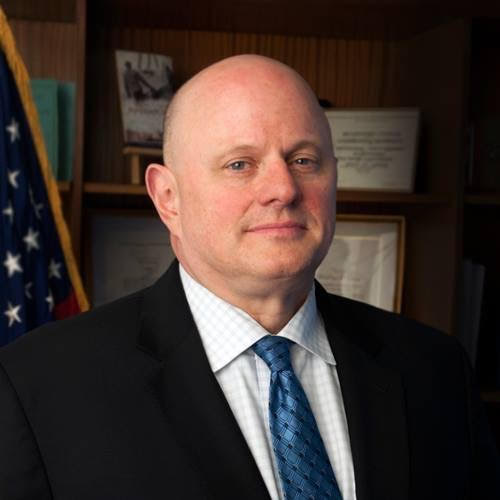In the six months since the brutish invasion of Ukraine by Russian military forces, it is worth revisiting the events leading to the stalemated conditions in the country.
Before the invasion, military leaders and pundits said it would last a few days and that Ukraine would fall. Kyiv was bombarded, and no one could see how it could fight back.
U.S. Army Gen. Mark Milley, the chairman of the Joint Chiefs of Staff, informed members of Congress in the lead-up to the invasion that Kyiv could fall within three days.
Lesson 1: Go easy on the predictions, especially when you are coming from the Afghanistan episode where so much of what you said was wrong. It is interesting that as the battle raged on and Ukraine demonstrated some success, Milley changed his view dramatically.
“I do think this is a very protracted conflict, and I think it’s at least measured in years. I don’t know about a decade, but at least years for sure,” Milley said in April.
Likewise, Russian President Vladimir Putin’s underestimation of the Ukrainians’ resolve and overestimation of his military demonstrates that yes-men prevail in the halls of the Kremlin. Listening to and agreeing with Putin’s view of the world and enabling it through lies to him about the Russian military’s battle readiness has proven immensely costly in the lives and treasures of Russian soldiers. Russia has likely lost more soldiers in the six months of the war than in the 10 years its forces were in Afghanistan, yet Russia trudges on.
Lesson 2: Be skeptical of the lines of advice you get from the generals and admirals. Putin filled his senior ranks with people dedicated to holding power within the ranks, and he learned early that sycophants make a dictator feel good but do not necessarily make good advisers. Of course, they have a tyrant as a boss, which is part of the problem.
Ukrainian forces have proven themselves adept at integrating foreign equipment and having effects on the Russians. The U.S. and allied weapon that had an immediate impact was the Multiple Launch Rocket Systems, predominantly with the wheeled High Mobility Artillery Rocket System that can hit targets with rockets more than 70 kilometers distant and move from its launch position within minutes. Its normal load is six rockets in a pod, and reloading can occur very quickly.
Recently, some of the M270 tracked launchers have been provided by U.S. allies. The launcher fires the same munition as the HIMARS, but it carries two pods with six rockets each. It is a tracked vehicle.
Both systems can also fire Army Tactical Missile System munition. Each pod on the launcher can carry this munition, which can fire to a range of 300 kilometers. To date, the United States has refused to include this munition in its packages to Ukraine out of fears it would use the systems to attack positions in Russia. This prevents attacking fuel stations, ammunition holding areas, maintenance depots, and bridges and roads needed by the Russians to transport supplies to the front lines in Ukraine.
Lesson 3: If allied leaders (read: U.S.) have decided against providing aircraft, it only makes sense to send them the finest, most precise, powerful artillery missiles available. The squeamishness about Russia being angered makes little sense given that U.S. and allied weapons are already being used to great effect. Give them the weapons and watch the Russians fall apart (even more).
After the lack of instant success, the Russians reverted to ways to achieve their goals that were common to their history. They used planes, missiles, conventional artillery and tanks, but they could not overtake Kyiv. Now the Russians use mostly artillery to grind down Ukrainian forces and the result has been slow, creeping wins, but with a high cost in personnel and equipment.
Lesson 4: If anyone thinks that high personnel and equipment losses change Putin’s view of whether to stay on the task of taking Ukraine, it is a mistake. His forces do not appear to be hesitant in firing on any target. Hospitals? No problem. Shopping centers full of civilians? Of course.
Russian soldiers may ultimately complain, as soldiers do, and there may be a scattering of protests in Russia, but there is no indication that Putin has been dissuaded from moving forward.
The Ukrainians will have to vanquish Russia’s ability to operate in Ukraine, and they will have to do it for some time.
What Putin’s intent is going forward is unknown. Continuing to stop his advance is still a worthy effort by the world’s free nations.


